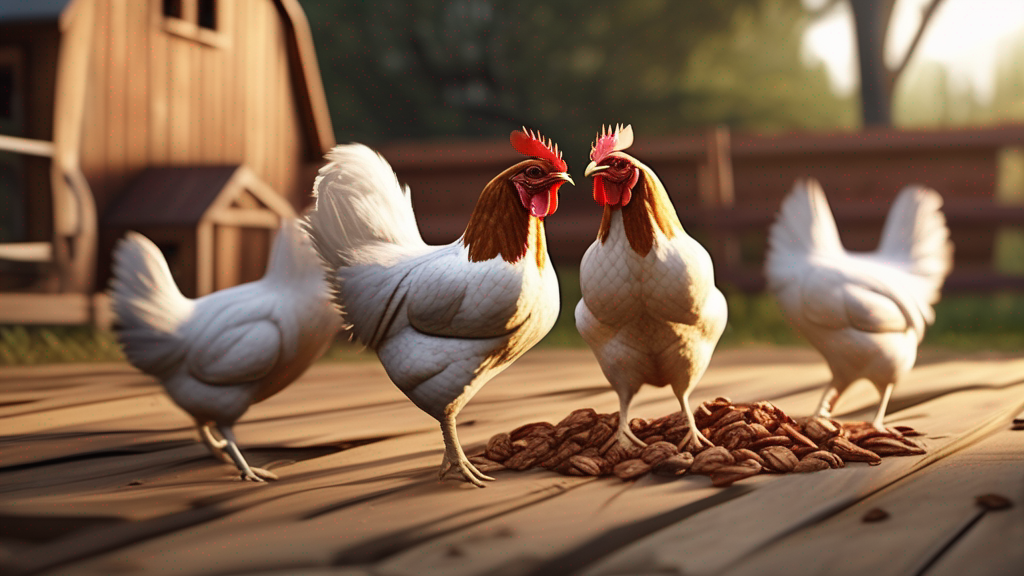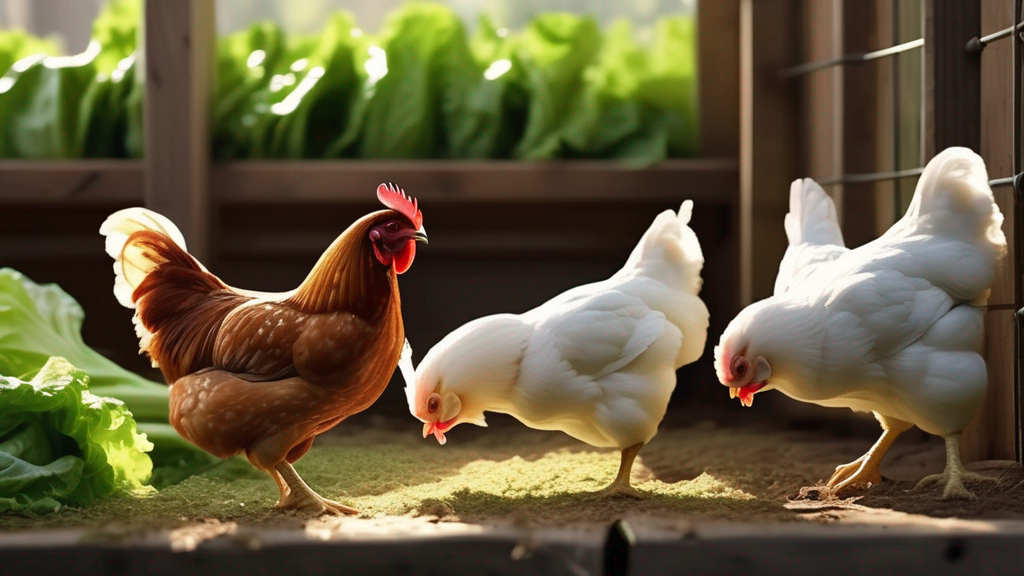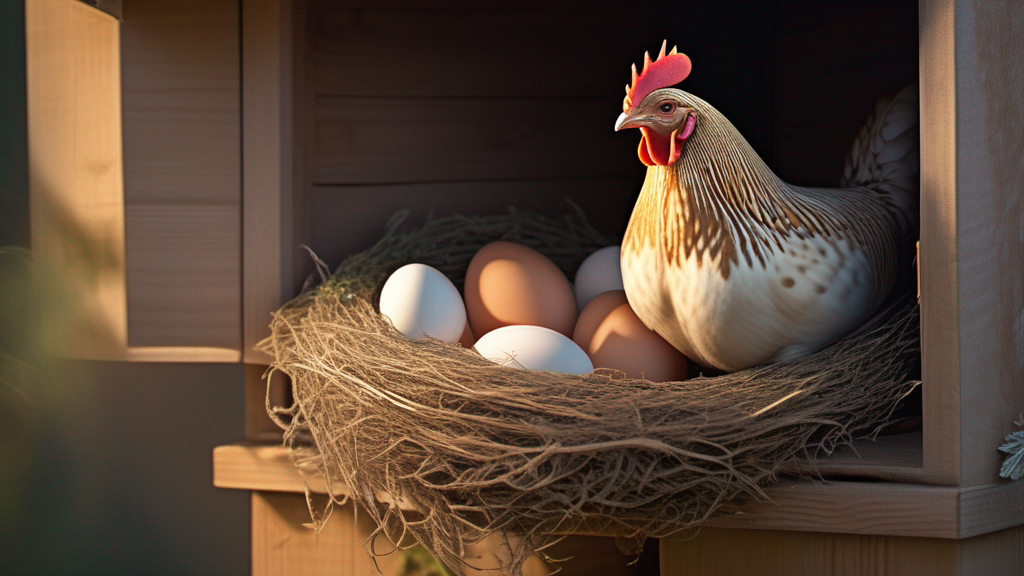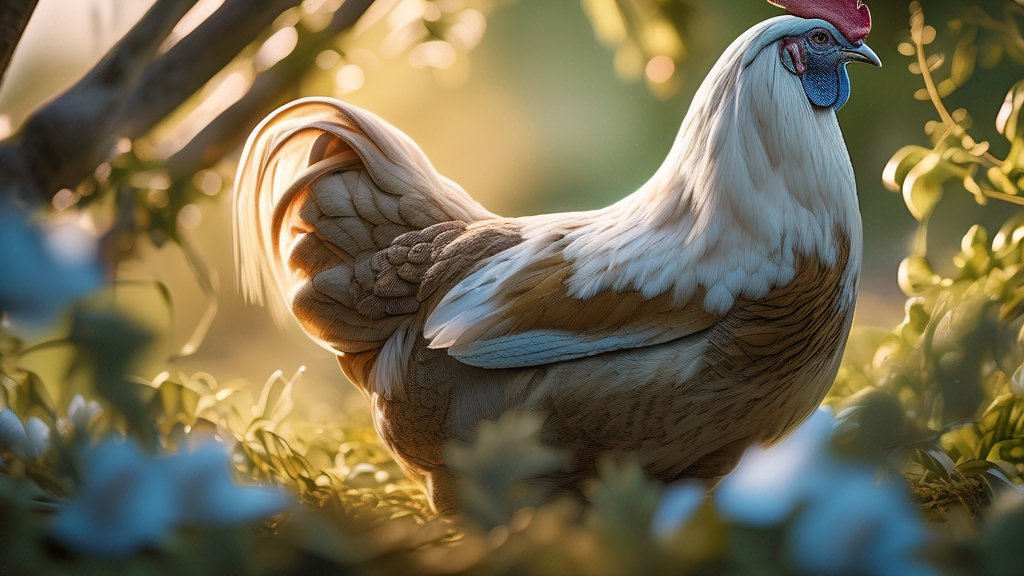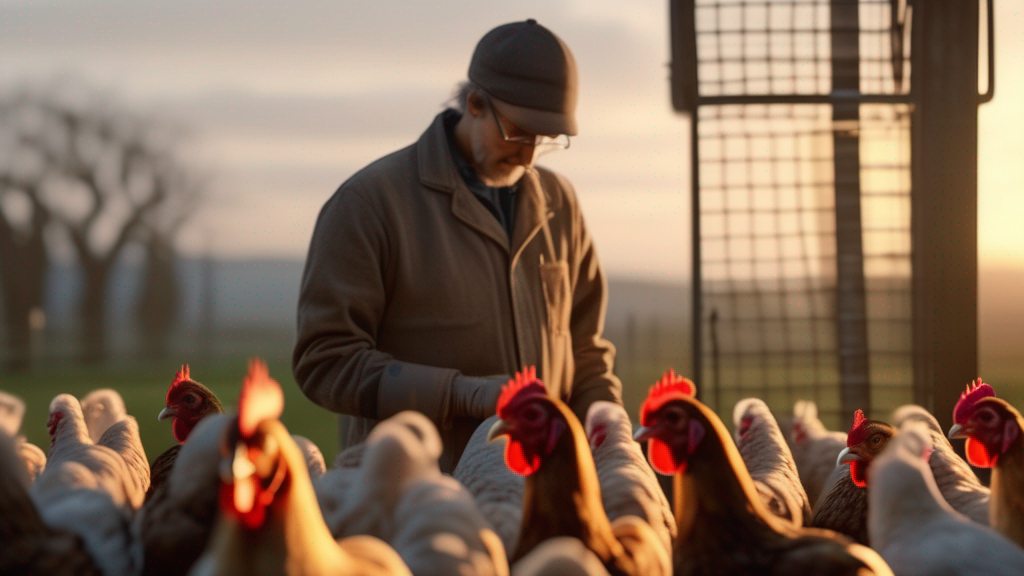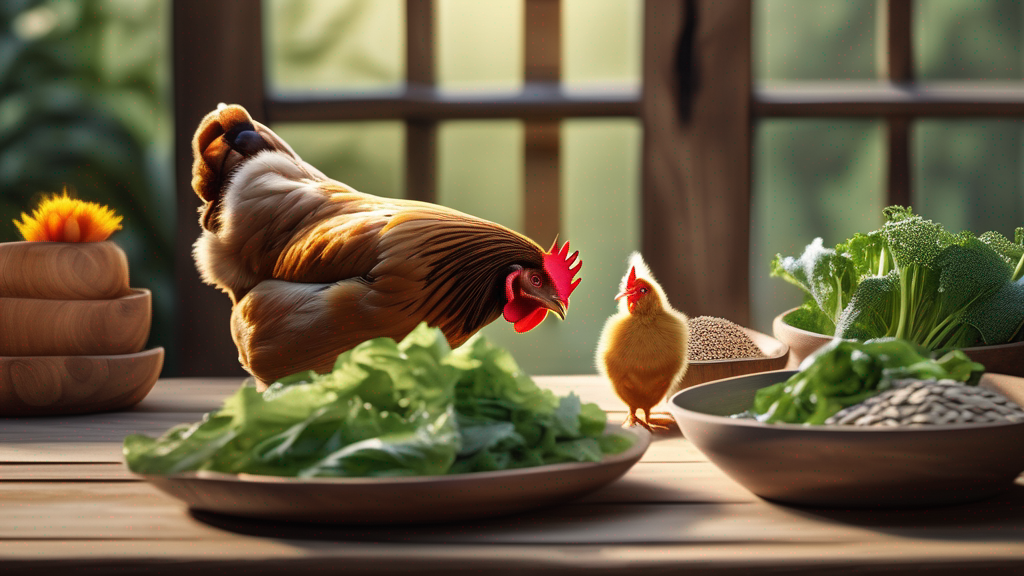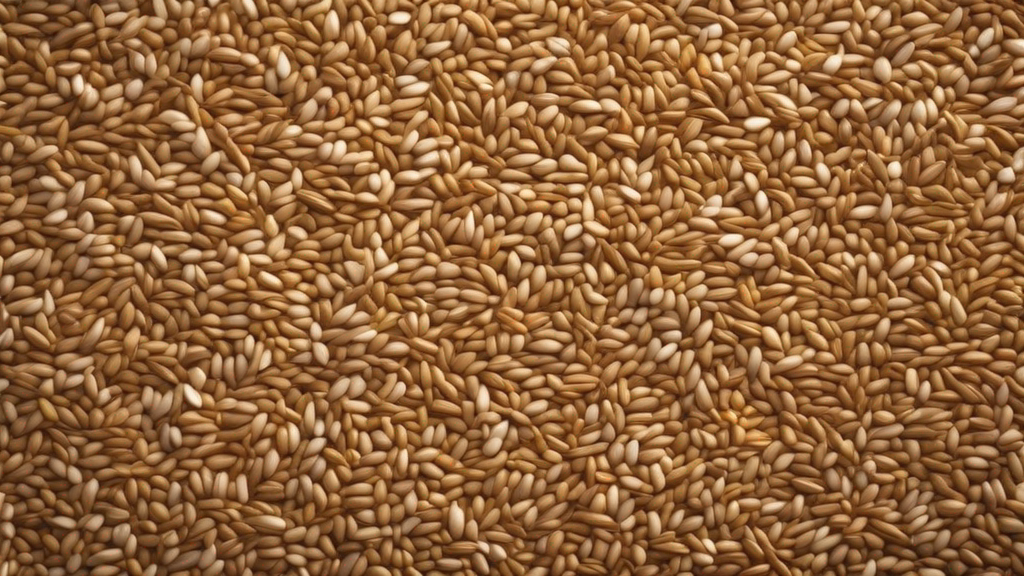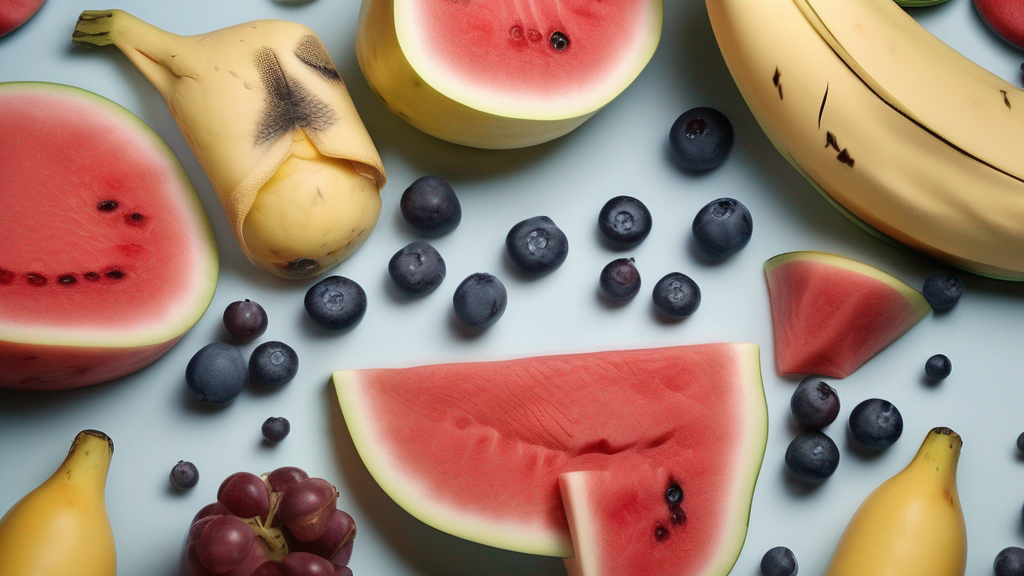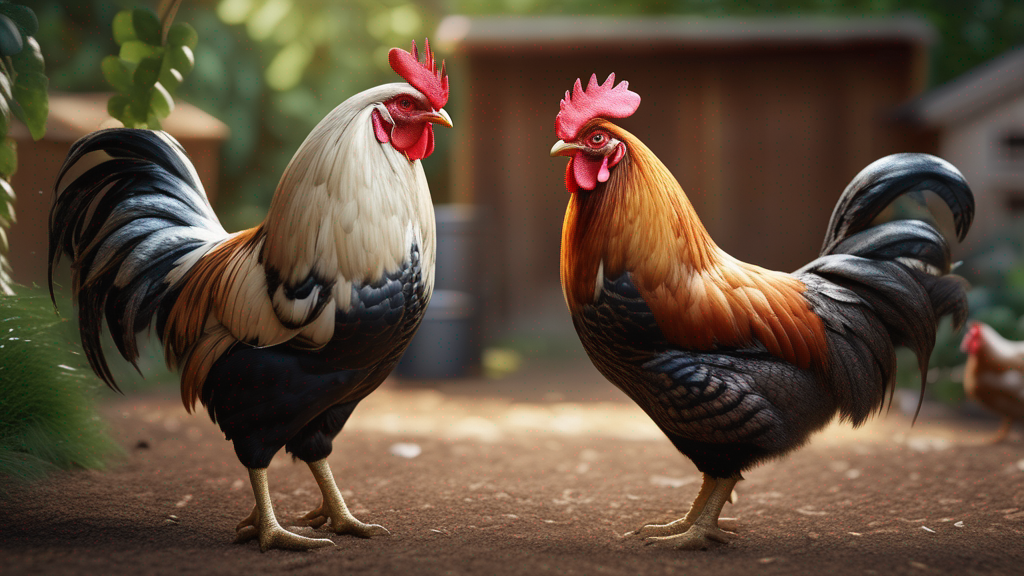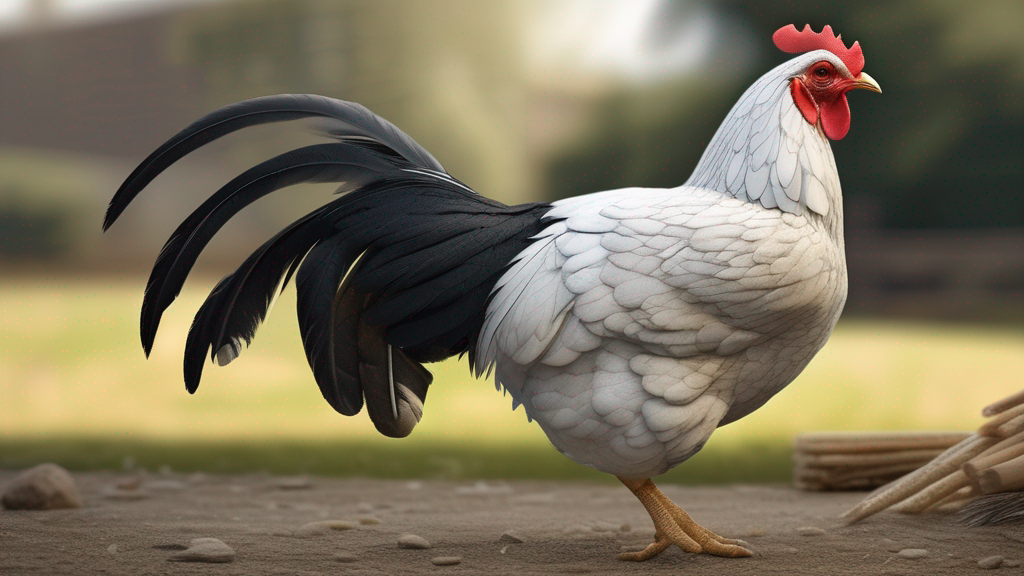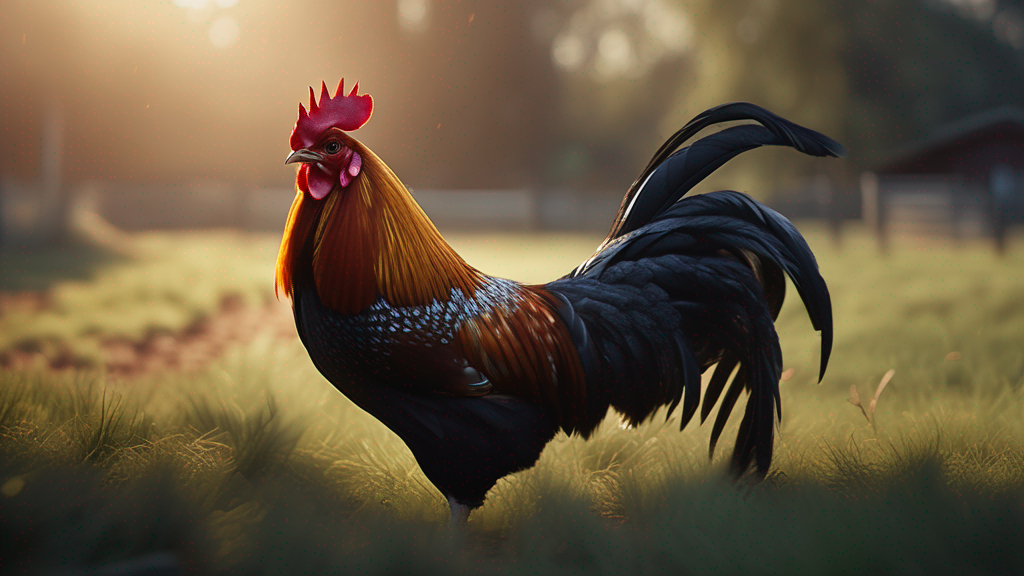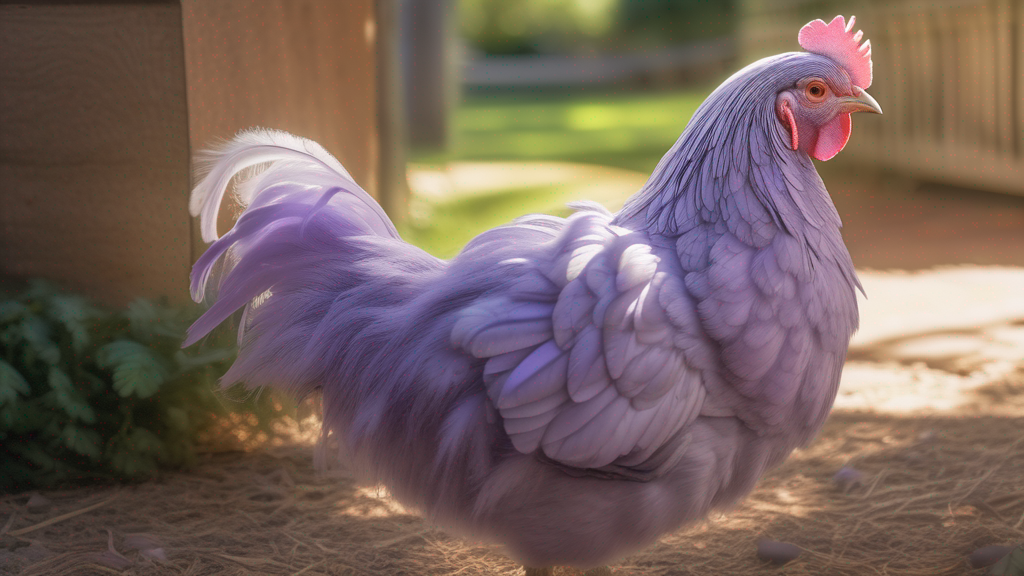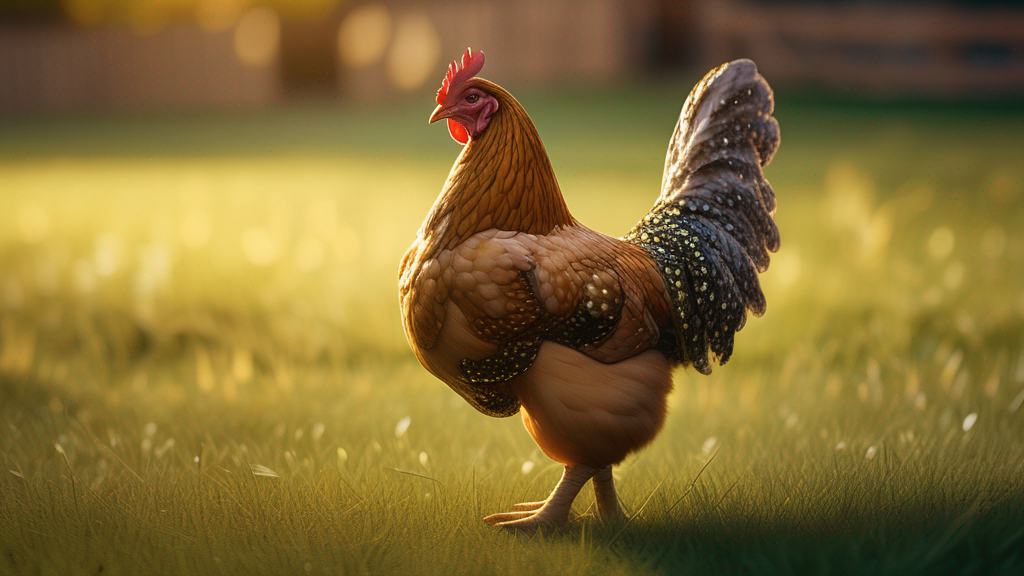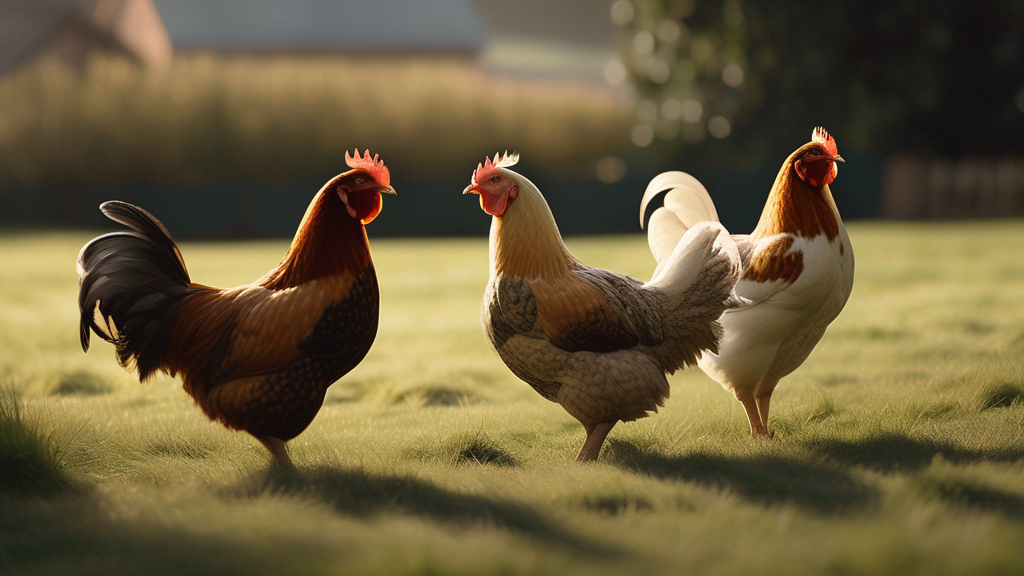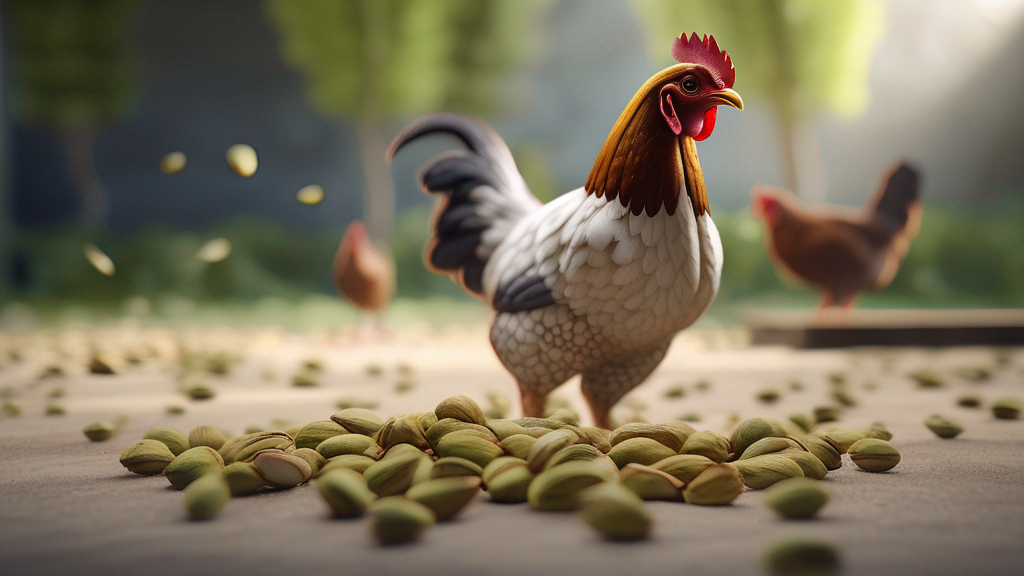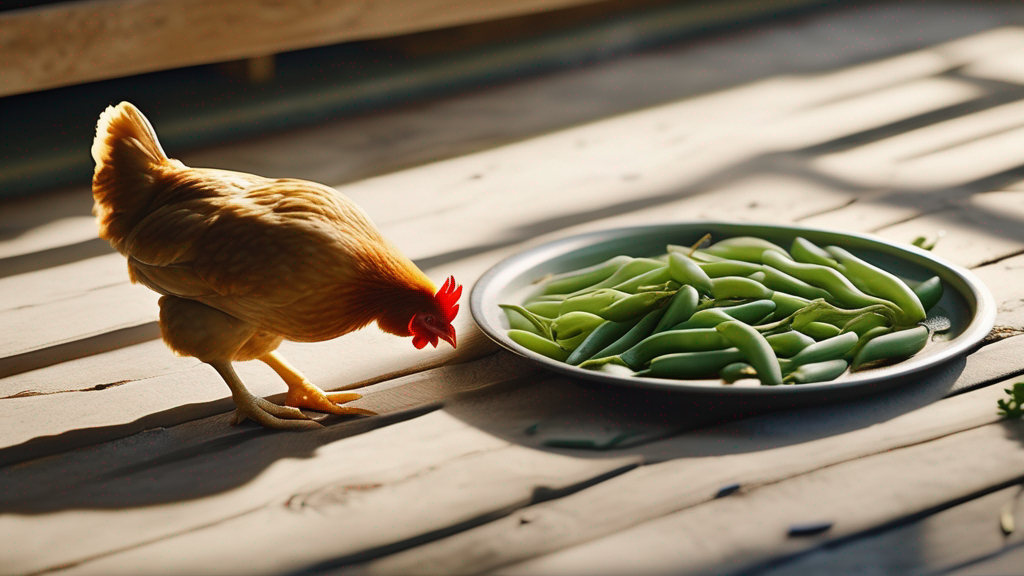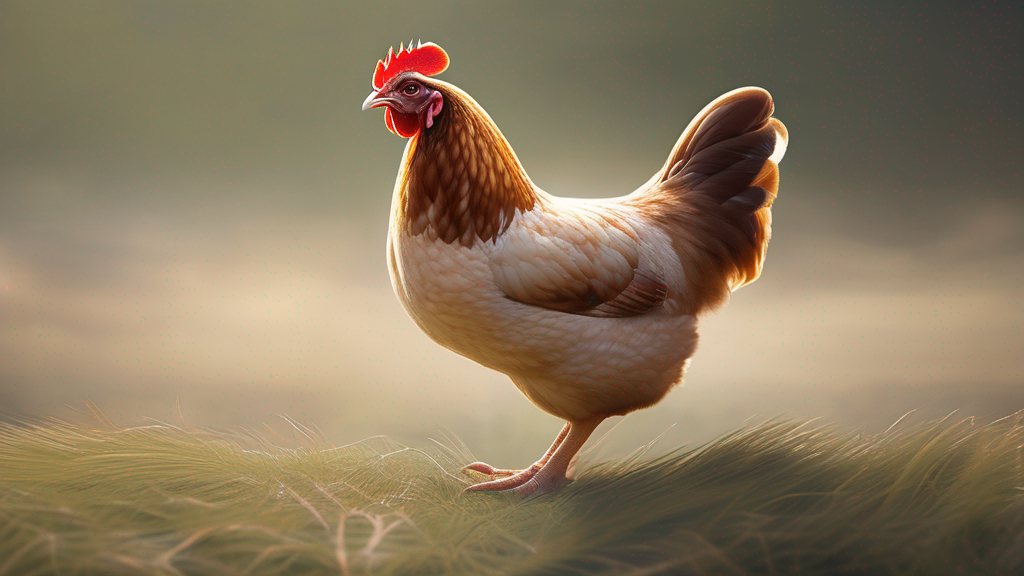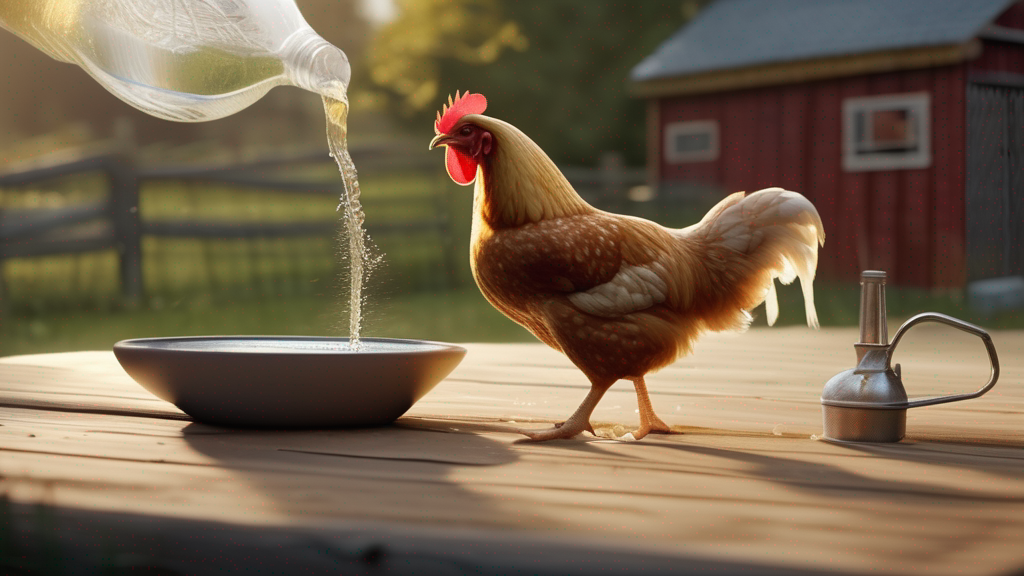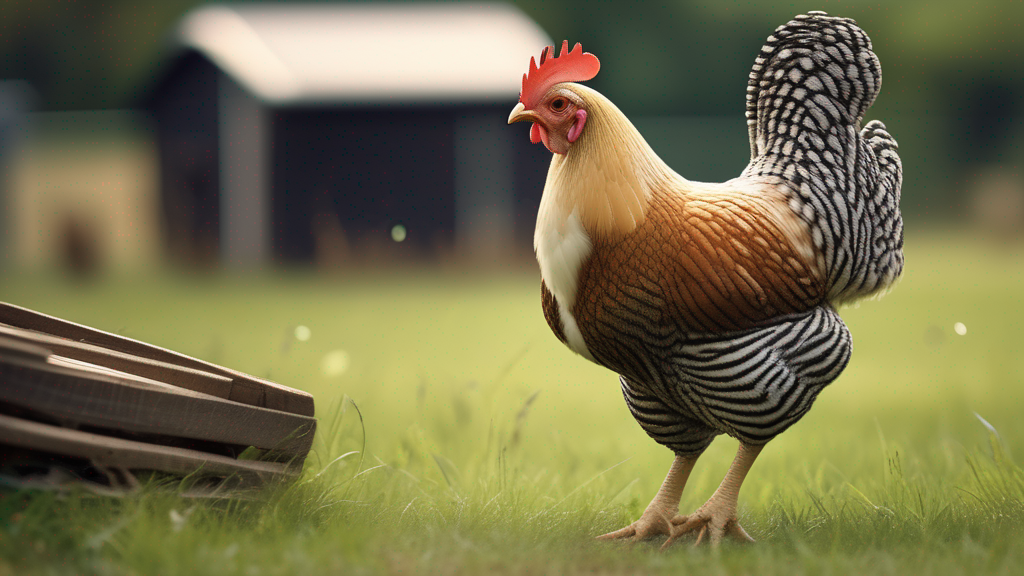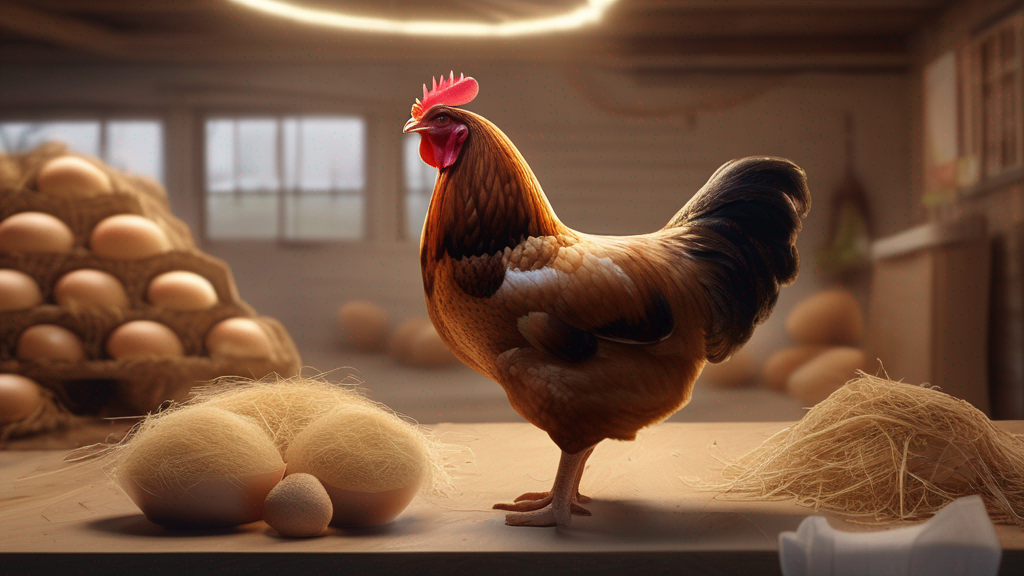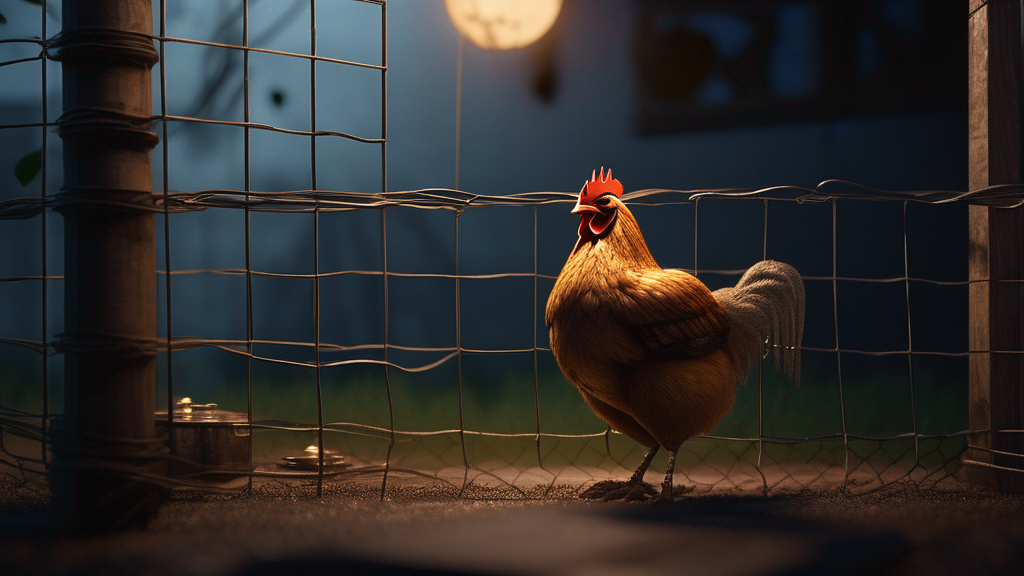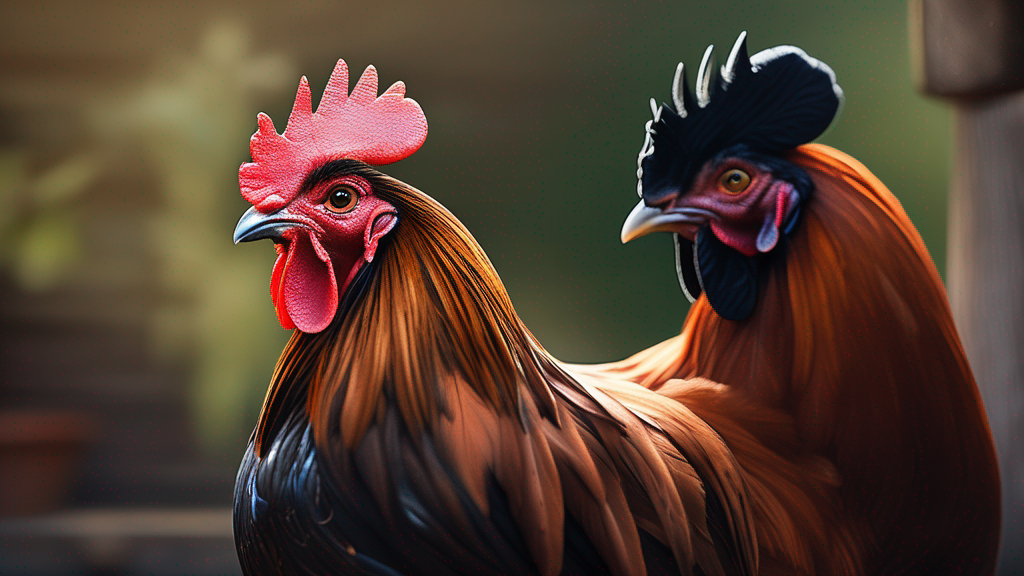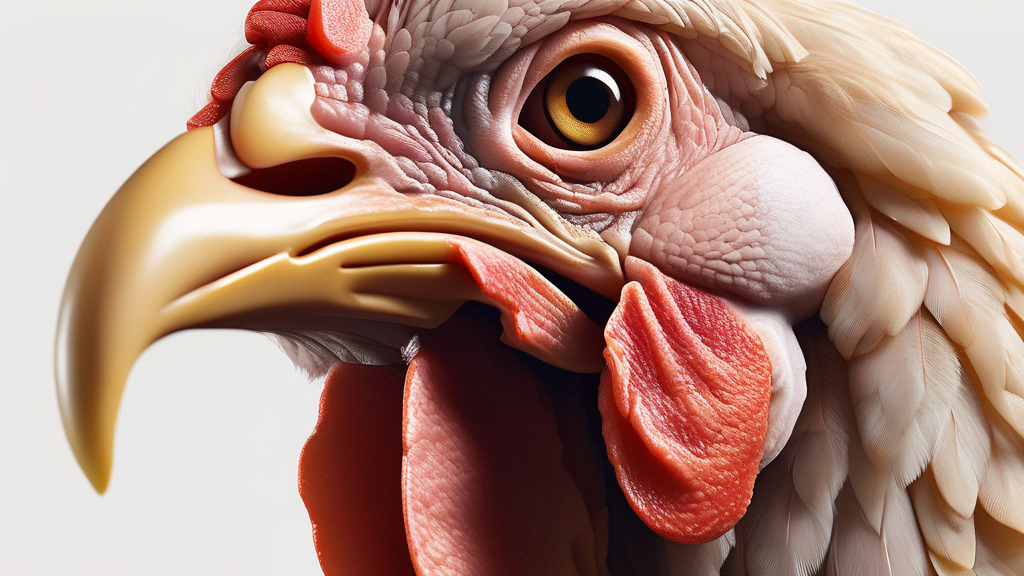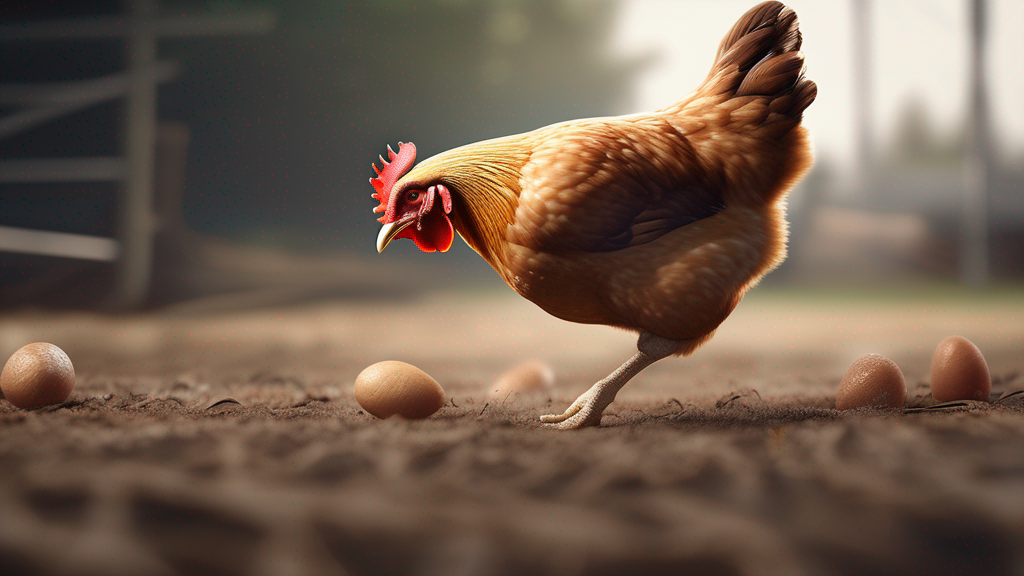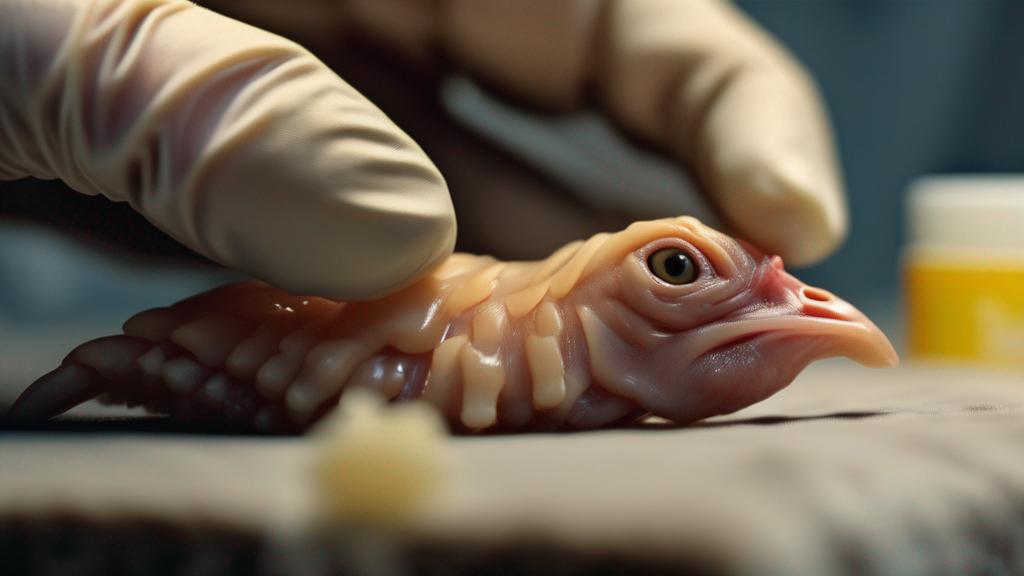Chickens are hardy birds, but they can suffer when temperatures rise too high. Overheating (heat stress or heat stroke) can impair health, reduce egg production, and in severe cases be fatal. Understanding how chickens regulate body temperature, recognizing signs of overheating, and implementing preventive and responsive measures are essential for keeping a flock comfortable and safe during hot weather. This guide covers causes, risk factors, detection, environmental adjustments, hydration strategies, dietary considerations, emergency responses, and ongoing management to minimize heat-related problems.
1. Basics of Chicken Thermoregulation
Chickens maintain body temperature through physiological and behavioral mechanisms:
- Panting: Birds lack sweat glands; they dissipate heat by panting, increasing evaporative cooling through the respiratory tract.
- Wing Spreading: Extending wings away from the body exposes more skin surface to airflow, aiding heat loss.
- Seeking Shade or Cool Surfaces: Chickens instinctively move to shaded areas or cooler ground when hot.
- Reduced Activity: To minimize metabolic heat, birds may become less active, rest more, and reduce foraging during peak heat.
- Feather Adjustments: Slight fluffing can allow air circulation beneath feathers, but excessive fluffing may trap heat.
While these behaviors help, extreme or prolonged heat, high humidity, or lack of adequate cooling resources can overwhelm these mechanisms, leading to heat stress.
2. Risk Factors for Overheating
Several conditions increase the likelihood of heat-related issues in chickens:
- High Ambient Temperatures: Prolonged periods above 85°F (29°C), especially above 90–95°F (32–35°C), strain thermoregulation.
- High Humidity: When humidity is high, evaporative cooling via panting is less effective, increasing heat stress risk.
- Poor Ventilation: Stagnant air traps heat and moisture, raising coop temperature and humidity.
- Insufficient Shade: Lack of shaded areas in run or free-range space forces birds to remain in direct sun.
- Overcrowding: Too many birds in a confined space generate extra heat and reduce airflow around each bird.
- Dark or Heat-Absorbing Coop Materials: Metal roofs or dark surfaces can intensify heat inside the coop.
- Lack of Fresh Water: Dehydration impairs cooling; waterers that heat up or become scarce worsen risk.
- Age and Health Status: Young chicks and older birds or those with underlying illnesses handle heat poorly. Heavy breeds (e.g., Orpingtons) with dense feathering or large body mass can also struggle.
- Molting: During molt, extra protein demands and feather regrowth may make birds more vulnerable to stress.
- Early Morning or Late Evening Activity: Foraging during midday heat increases exposure; birds should have option to adjust their schedule.
3. Recognizing Signs of Heat Stress
Early detection allows prompt intervention. Common indicators of overheating include:
| Sign | Description / Observation |
|---|---|
| Heavy Panting | Open-mouth breathing, rapid, exaggerated throat movements. |
| Wing Spreading | Wings held away from body to increase airflow. |
| Reduced Activity | Lethargy, reluctance to move or forage, spending more time sitting. |
| Bright Red Comb and Wattles | Increased blood flow to skin for cooling; extremely red or swollen combs indicate strain. |
| Elevated Water Intake | Drinking more frequently; if water runs out, risk escalates. |
| Fluffed Feathers | Some fluffing may occur, but prolonged fluffing can trap heat—observe overall behavior. |
| Loss of Appetite | Eating less, which can affect health if prolonged. |
| Dull or Closed Eyes | Signs of weakness or distress. |
| Weakness or Collapse | Severe heat stress: stumbling, inability to stand, convulsions—emergency state. |
| Increased Thirst for Cold Water | Seeking cool water or trying to stand in water dishes. |
Monitor birds during hot periods; note any individuals that seem slower to react or exhibit early signs, as they may require extra attention.
4. Preventive Measures
Creating a cool environment and providing resources before extreme heat arrives is the best approach. Key strategies include:
4.1 Coop Design and Ventilation
- Maximize Airflow: Ensure ample vents high near the roof to allow hot air to escape, and lower vents for fresh air intake without causing drafts at roost level. Cross-ventilation reduces heat buildup.
- Insulation and Reflective Materials: Use light-colored or reflective roofing materials to reduce heat absorption. Insulate roof or ceiling if possible to buffer solar heating.
- Roof Overhangs and Shade Cloth: Install overhangs or shade cloth around the coop exterior to block direct sun hitting walls, reducing interior temperature.
- Elevated Coop: Raising the coop off the ground can allow airflow underneath, helping to cool the structure.
- Roost Placement: Position roosts so birds are not directly under vents where drafts might be excessive at night, but airflow remains sufficient during the day.
- Prevent Moisture Trapping: Avoid bedding piles that trap heat and humidity; keep bedding clean and dry to prevent excess moisture that can worsen heat perception.
4.2 Shade and Outdoor Environment
- Natural Shade: Plant or preserve trees and shrubs that cast shade over run areas. Ensure shade is available throughout the day as the sun moves.
- Artificial Shade Structures: Provide tarps, shade cloth, or movable shelters in runs. Ensure stable installation to withstand wind.
- Cool Ground Areas: Create dust bath or resting spots on cooler surfaces (e.g., sand or gravel) that retain less heat than soil or concrete. Light-colored surfaces reflect heat.
- Water Feature for Foot Cooling: Shallow pans of cool water allow chickens to stand in water and cool their feet; ensure water is clean and changed frequently to avoid contamination.
4.3 Water Availability
- Multiple Waterers: Place drinkers in shaded, well-ventilated areas to keep water cooler. Multiple stations prevent crowding and ensure access.
- Frequent Replenishment: Refresh water often during hot days; if waterers become warm, add ice cubes or replace with cooler water to encourage drinking.
- Waterer Type: Use waterers that resist heating (metal drinkers in shade or insulated containers). Avoid plastic waterers left in direct sun where water heats quickly.
- Electrolyte Solutions: In extreme heat, adding poultry-safe electrolytes to water can help maintain hydration and mineral balance; follow product instructions carefully.
4.4 Diet and Feeding Practices
- Feed Timing: Offer main feed in cooler parts of the day (early morning or late evening) to encourage eating when birds are more comfortable.
- Moistened Feed: Providing mash or soaking pellets/grains can reduce the heat generated by digestion and make eating easier; avoid spoilage by offering small amounts at a time.
- High-Energy Treats Sparingly: Heavy treats (e.g., excess grains) increase metabolic heat; limit high-calorie snacks during hottest hours.
- Supplemental Cooling Foods: Offer hydrating treats such as sliced cucumbers, watermelon pieces, or other safe fruits/vegetables with high water content in moderation to boost hydration.
- Maintain Balanced Nutrition: Adequate vitamins and minerals support overall health; deficiencies can impair heat tolerance.
4.5 Behavioral Encouragement
- Encourage Activity Timing: Observe when birds naturally forage (often early morning) and allow access to run then, limiting exertion during peak heat.
- Provide Dust Baths: Dust bathing helps remove excess oils and may aid thermoregulation; ensure dust bath areas are in shade and dry.
- Monitor Individual Birds: Some chickens (young, old, or ill) need extra care: place them in cooler parts of the coop or provide additional water and rest opportunities.
- Group Dynamics: Overcrowding increases heat; reduce stocking density in runs and coops during hot periods to allow birds space to spread out and avoid each other’s body heat.
5. Emergency Responses to Overheating
If a chicken shows signs of severe heat stress (weakness, collapse, heavy panting, convulsions), immediate action is crucial:
- Move to Cooler Area: Quickly relocate the bird to a shaded, well-ventilated spot or indoors with a fan (without direct cold draft) or open windows. Avoid moving in direct sun.
- Offer Cool Water: Provide cool (not ice-cold) water for drinking, possibly with electrolytes. If the bird cannot stand, offer water via a syringe or dropper near the beak, being careful to avoid aspiration.
- Cool the Body: Gently mist or sponge the bird with cool water, focusing on the head, neck, and under wings. Avoid chilling; use lukewarm water if extremely hot outside. Ensure the bird can dry off and not become chilled once body temperature normalizes.
- Elevate Head: Position the bird so its head is slightly elevated to facilitate breathing; avoid restraining too tightly.
- Observe Closely: Monitor breathing rate, behavior, and signs of improvement. Continue cooling measures until panting subsides and the bird appears more alert.
- Provide Quiet Rest: Keep the bird calm in a quiet, comfortable environment. Limit handling to necessary care to reduce stress.
- Return to Flock Carefully: Once recovered and moving normally, reintroduce to flock during cooler hours; watch for lingering weakness or recurrence of symptoms.
- Seek Veterinary Care: If the bird does not improve rapidly, shows neurological signs (staggering, seizures), or exhibits ongoing weakness, consult a poultry veterinarian promptly. Heat stroke can cause organ damage requiring medical support.
6. Special Considerations
6.1 Young Chicks
Chicks are especially vulnerable: unable to regulate temperature well. Provide brooder with controlled heat that can be reduced gradually but ensure there is cooler zone for escape. Monitor brooder temperature closely and avoid overheating the brooder itself.
6.2 Heavy or Feathered Breeds
Breeds with dense plumage or larger body mass (e.g., Orpingtons, Cochins) accumulate more heat. Shear excess feathering around vent areas if practical, provide extra shade and water, and monitor more closely for heat stress signs.
6.3 Molting Birds
During molt, birds have increased nutritional demands; combined with hot weather, they may be more susceptible. Ensure adequate protein and nutrients, but avoid high-energy feeds during peak heat. Offer extra cooling resources.
6.4 Sick or Injured Birds
Ill or recovering birds have lower resilience. Place them in the coolest, quietest coop area, ensure easy water access, and limit their activity until fully recovered.
7. Seasonal Planning and Long-Term Management
- Plan Before Heatwaves: Inspect coop and run in spring; add or repair shade structures, test ventilation, and clean bedding.
- Monitor Weather Forecasts: Anticipate heat spikes and prepare extra measures (e.g., adding ice packs to waterers, ensuring fans functional).
- Adjust Stocking Density: Consider reducing bird numbers or splitting flocks into multiple coops/runs if space becomes restrictive during hot months.
- Gradual Acclimation: Allow birds to acclimate to rising temperatures by gradually removing heat sources in spring; avoid sudden temperature swings.
- Equipment Maintenance: Keep waterers, fans, and shade structures in good condition; check for clogs, leaks, or wear before hot season.
- Record Observations: Note which strategies worked or which birds were most vulnerable; use this data to improve future heat management.
8. Monitoring and Record-Keeping
- Daily Checks: During hot periods, observe flock behavior twice daily (morning and afternoon), noting any panting, inactivity, or altered feeding patterns.
- Individual Tracking: Identify birds that consistently struggle in heat; provide additional support or consider relocation to cooler microclimate.
- Incident Logs: Document any heat stress incidents, treatments applied, and outcomes to refine emergency protocols.
- Bedding and Environment Records: Track bedding changes, ventilation adjustments, or shade additions to correlate with bird comfort levels.
9. Summary of Key Points
- Chickens can overheat when ambient temperatures and humidity exceed their thermoregulatory capacity.
- Recognize early signs: panting, wing spreading, lethargy, bright red combs, and elevated water intake.
- Preventive measures: optimize coop ventilation and shade, ensure plentiful cool water, adjust feeding times and diet, reduce stocking density, and provide environmental enrichment that encourages cooler behaviors.
- Emergency response: move affected birds to cool area, offer cool water, gently cool body, monitor closely, and seek veterinary care if severe or persistent.
- Special groups (chicks, heavy breeds, molting or ill birds) require extra attention and tailored cooling strategies.
- Seasonal planning: prepare coop and run ahead of heatwaves, maintain equipment, and use record-keeping to improve future responses.
Conclusion
Heat stress poses a significant risk to chicken welfare and productivity. By understanding how chickens regulate temperature and what factors exacerbate overheating, keepers can create environments and routines that minimize heat-related issues. Regular monitoring, proactive preventive measures, and prompt emergency responses ensure the flock remains cool, hydrated, and safe during hot weather. Thoughtful planning and attentive care help chickens thrive even when temperatures rise.
